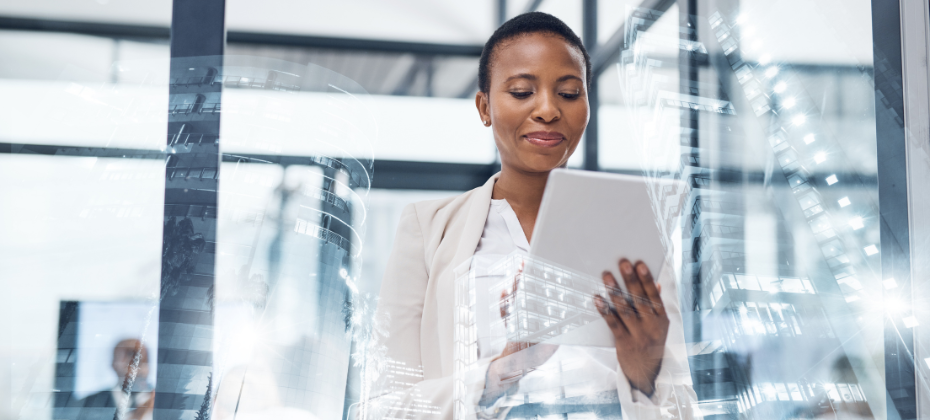
Claim denials are skyrocketing, and so are revenue cycle leaders’ stress levels. In our most recent State of Claims survey, 54% of respondents said their current claims technology is sufficient to address existing revenue cycle demands at their organizations. However, that number was 77% just two years ago.
That’s because denial management has long been a reactive strategy. Many organizations focus on addressing claim denials after services are rendered and information is sent to payers. However, this approach often leads to increased labor costs, delayed reimbursements, and a higher volume of denied claims. It’s time for a paradigm shift towards claim denial prevention, a proactive strategy that addresses potential issues before they result in denials.
To prevent claim denials, go on the defensive
Jordan Levitt, Senior Vice President at Experian Health, sees it as playing defense.
“We use a term called ‘Perimeter Defense’ – get the patient’s information right on the front end, before it gets into the system,” says Levitt. “Denials are happening because incorrect or bad data gets in early, costing health systems time – and money – to fix on the back end. The mindset is moving from management to prevention.”
The legacy denial management approach being used today involves significant manual intervention, including correcting errors, resubmitting claims, and appealing denials. The result is a costly and time-consuming process that diverts valuable resources from more strategic tasks.
Denial prevention, on the other hand, focuses on addressing potential issues at the front end of the revenue cycle. By ensuring that claims are accurate and complete before they are submitted, organizations can significantly reduce the volume of denied claims. This proactive approach not only accelerates cash flow but also reduces the burden on billing staff and lowers contingency vendor fees.
Bad patient data is like a virus
“There’s a revenue cycle adage often referred to as ‘Know Thy Patient,’” says Levitt. “With the Denial Prevention philosophy, at registration and scheduling we need to know exactly who they are (e.g. John Smith or Jonathan Smith?), where they live, and how to reach them, in addition to all of their coverages, the order of billing – everything.”
The inherent problem today, he continues, is that the first time incorrect or outdated patient data is ingested into a health system, it proliferates throughout the entire system. Electronic health records are great at keeping patient data together for a health system, but they don’t distinguish between good data and bad data. It’s all just data.
“Whether a patient is coming by way of a physician’s office, a business office or residence and the information is wrong, it populates throughout an integrated system – hospitals, urgent care, labs,” says Levitt. “Once you let bad data in the door, regardless of the origination point, it’s like a virus. Each time that happens and you’re building the work queues and you’re building buckets of contingency funds if you can’t solve it at the start of the process. Every action you take once bad data enters your system is wasting resources.”
Fixing poor data on the front end is the key to preventing claim denials
That seems like an obvious solution. However, throwing more people at the problem isn’t the right answer when technology that is faster, more accurate and fully integrated into workflows is available.
Solving for incorrect or missing eligibility, insurance coverage, Medicare Beneficiary Identifier (MBI), demographics and continuation of benefits is readily available with just a simple click. Experian Health’s Patient Access Curator is a robust revenue cycle solution designed to prevent claim denials at the front end.
It addresses bad data quality with real-time data correction, performing eligibility checks, coordination of benefits (COB), Medicare Beneficiary Identifier (MBI), demographics, and discovery in a single solution. With a single click, Patient Access Curator ensures quick, accurate registration and scheduling, significantly reducing denial volumes and billing errors, including:
- Eligibility Verification: Automatically interrogates 271 responses to indicate any secondary or tertiary coverage data.
- Coverage Discovery: Works behind the scenes to minimize the cost of insurance discovery and streamline workflows, often generating additional insurance revenue missed by previous processes.
- MBI Correction: Continuously finds and corrects MBIs using artificial intelligence (AI), in-memory analytics, and robotic process automation.
- Demographic Updates: Automatically identifies obsolete or inaccurate data using proprietary algorithms.
- COB Analysis: Analyzes each payer response in real-time at the point of service and integrates directly into the eligibility verification process.
Benefits of claim denial prevention
By successfully transitioning to a denial prevention strategy, revenue cycle teams can:
- Reduce denial volumes: By addressing issues before claims are submitted, organizations can significantly reduce the volume of denied claims.
- Lower labor costs: Automation and real-time data correction reduce the need for manual intervention, allowing staff to focus on more value-added tasks.
- Accelerate cash flow: Faster, more accurate claims submission leads to quicker reimbursements and improved cash flow.
- Enhance patient satisfaction: Accurate and timely claims processing reduces the need for patient follow-up and improves overall patient satisfaction.
Beyond denial management: The strategic shift to claim denial prevention
The transition from claim denial management to denial prevention represents a significant shift in how healthcare organizations approach revenue cycle management. By focusing on proactive strategies and leveraging advanced technologies like Patient Access Curator, organizations can reduce the burden of denied claims, lower costs, and improve overall efficiency. Embracing denial prevention is not just a strategic advantage—it’s a necessity in today’s complex healthcare landscape.
Watch the video to see how Patient Access Curator is evolving patient access at light speed, using the power of AI and machine learning.
Learn more about Patient Access Curator and contact us to see if you qualify for a free denial analysis.


